Why Is My Orchid Dying? 5 Common Causes & How To Save It Before It's Too Late
Struggling to keep your orchid alive? Learn the top mistakes that cause orchids to decline – and the simple fixes to bring yours back to life.
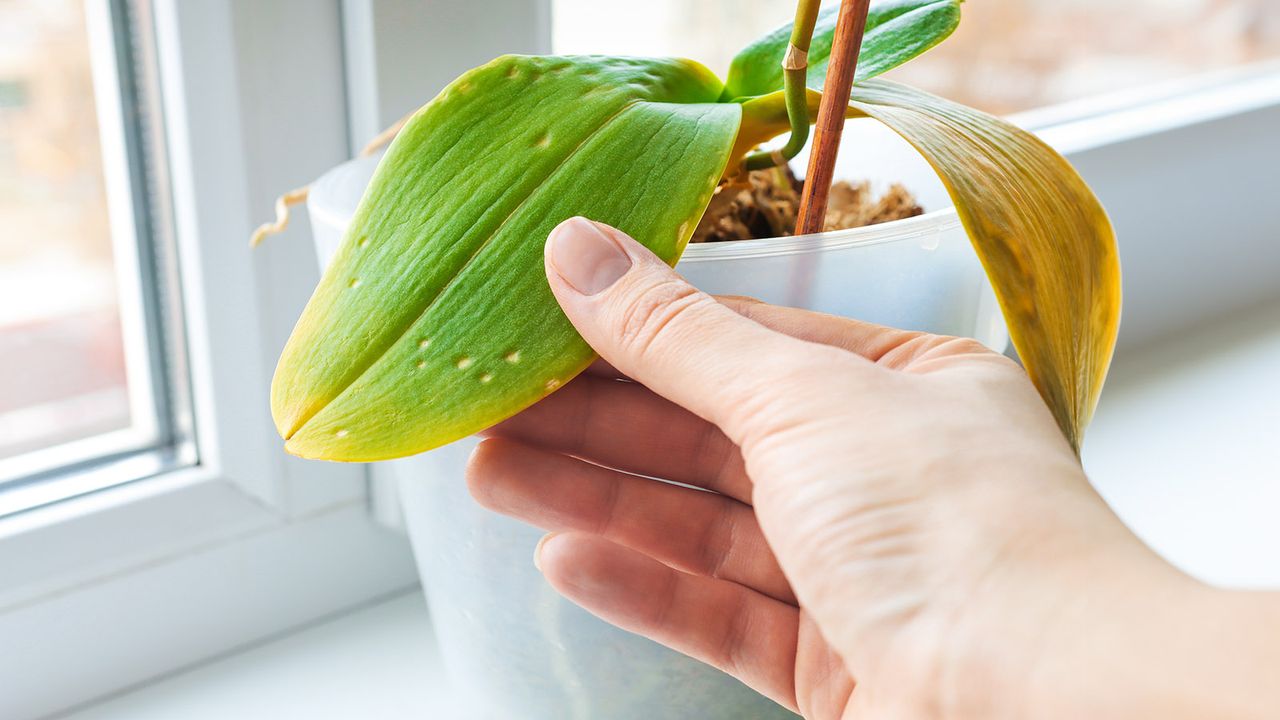

Orchids make up one of the most gorgeous and varied groups of flowering plants in the world. Many common species are readily available to beginner growers, while avid orchid collectors can covet more unusual or rare varieties. Whichever side you fall upon, you will face some challenges as an orchid grower. If your plant is in a sudden decline, there are some very likely reasons why your orchid is dying.
The first signs of most orchid problems are usually in the leaves. You will also need to look at the roots, especially aerial orchid roots. If these are discolored, soft, and mushy, or look unusual in any way, the plant needs to be attended to as soon as possible.
Most common issues usually stem from improper orchid care and ambient conditions. However, you may also be experiencing issues with disease or pests. Here are the top 5 reasons your orchid may be dying and how to fix the problem.
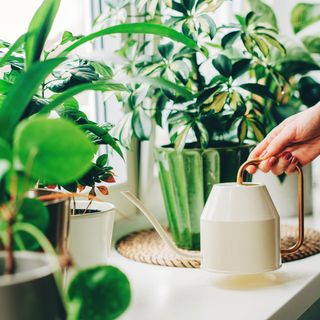
From innovative self-watering pots to stylish accessories and rare houseplants, the Gardening Know How Shop is your go-to destination for indoor gardening.
1. Incorrect Light Levels
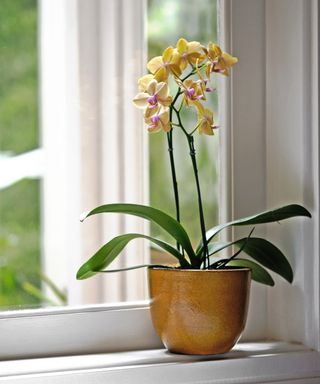
There are many commonly cultivated types of orchids. Each of these has different light requirements, so it's important to understand which variety you are growing. If you provide too much or too little light, your orchid will decline in health and may eventually die.
For example, orchid light needs for Phalaenopsis and lady slipper orchids are on the lower side. These species require on average 1,500-foot candles from a filtered, indirect light source.
Medium-light varieties are Dendrobium, Cattleya, Oncidium, and Miltonia. Bright, indirect light of 2,500-foot candles will provide ideal conditions.
Orchid species that can handle more sunlight are Vanda, Brassavola nodosa, Brassia, Degarmoara, and Cymbidium, all requiring around 5,000-foot candles.
Gardening tips, videos, info and more delivered right to your inbox!
Sign up for the Gardening Know How newsletter today and receive a free copy of our e-book "How to Grow Delicious Tomatoes".
However, you don't need to be scientific about it – just keep an eye on the leaves. If foliage turns a darker green, the plant is not getting enough light, while orchid leaves turning yellow means the plant is getting too much light.
If the plant is getting insufficient light, grow lights with both cool and warm light should be put into play. Keep the plant 10 inches (25cm) away from the bulbs and provide supplemental light for 12 hours. If the orchid seems to be getting too much light, use a gauze curtain to filter the sun.
2. Lack of Humidity
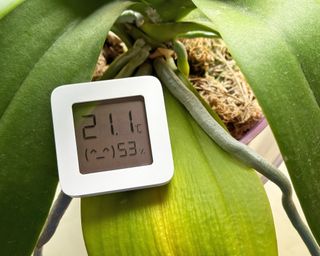
On average, orchid humidity needs to be in the region of 40-70 percent. This is a wide range, however, and will differ for each species. Most orchids are tropical and like to be in the higher humidity range.
If the leaves develop brown tips or the aerial roots are crusty and darkening, the plant may need more humidity. In the home interior, especially in winter when heating systems are in use, the plant will need some more ambient moisture.
Mist the leaves every day or place the container on a saucer lined with pebbles and filled with water. Every few weeks, sanitize the saucer to prevent fungal disease.
As a rule, the humidity needs to be higher in warmer temperatures, and lower in cooler temperatures. To raise humidity for houseplants you can use a humidifier or group the plants together. This latter solution will increase humidity through the plant’s transpiration.
3. Fungal and Bacterial Leaf Disease
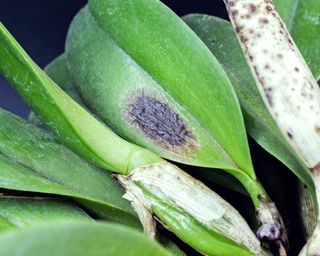
Since the vast majority of orchid species are tropical and love a humid environment, fungal and bacterial orchid diseases can become an issue. Spotting, especially black spots, on the foliage can indicate either pathogen.
If the suspect is fungal, remove infected leaves and spray the plant with a copper fungicide. You can also dust the plant with cinnamon, which has natural antifungal properties.
Bacterial diseases often start out as water-soaked areas on the leaf. In Phalaenopsis, bacterial disease enters when the plant is injured and can kill the plant in 2-3 days. Other species of orchid will see the leaf breaking down and becoming mushy. Eventually, the leaf splits open and spills out liquid which will splash on other parts of the plant and pass the disease elsewhere.
In all cases, remove infected leaf material and spray the plant with a bactericide. Increase air movement, and use good sanitation practices.
4. Root and Bulb Rot
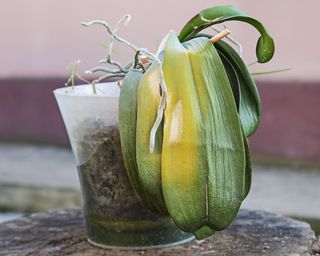
Orchid root rot is another fungal disease caused by several fungi. It can occur when the plant is overwatered, the bulb or root is damaged, or when the soil is overly fertilized. The roots and pseudobulb will become discolored, dark, and mushy.
The pathogens responsible will block the vascular system of the orchid, preventing the uptake of nutrients and water, leading to an overall wilted state. There may also be an unpleasant odor.
As the disease progresses, the stems will become limp, and foliage will turn pale and wither. Orchid buds falling off can occur and the plant will not develop any new growth.
To treat the condition, repotting orchids is required. Remove the plant from its pot. Sterilize the container with a bleach and water solution. Rinse the plant’s roots free of the old soil. Trim away any diseased roots with sterile pruners or scissors. Dust the roots with fungicide and repot in a fresh specialist orchid potting medium.
Going forward, it's vital to learn how to water orchids correctly to avoid a repeat occurrence.
5. Pests
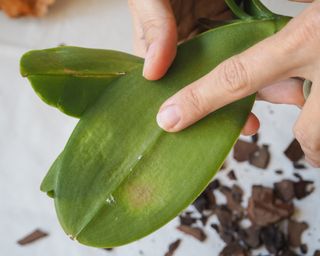
A host of insect orchid pests find these stunning plants delectable. Thrips, mealybugs, mites, scale, whiteflies, and aphids are the most commonly found insects.
Shiny and sticky orchid leaves and stems is a sign of honeydew, a substance secreted by sucking insects like whiteflies, scale, and aphids. Many of these insects are tiny and can be hard to spot but mealybugs will show up as cottony growths on the plant.
Thrips can be detected by putting a piece of white paper under the leaves and gently shaking the foliage. Little black dots will indicate thrip presence.
In most cases, wiping the leaves and stems with warm, soapy water, or insecticidal soap will remove the bulk of the insects. Isopropyl alcohol is also useful to remove tiny insects.
Soil or fungus gnats are also often observed. These delicate, fly-like insects congregate when the soil is overly moist and over-fertilized. Their larvae will feed on roots and plant tissue that is rotting.
Always let the upper 2 inches (5cm) of the soil dry between waterings. Sticky cards are also an effective control. Cut these into strips to insert in the soil medium and catch the adults.
More Houseplant Inspiration
- Learn the 5 winter houseplant care mistakes you’re probably making, according to a horticulturist.
- Discover 8 enchanting terrarium plants that flourish all year long and are well suited to growing under glass.
- Post-holiday plant clinic! Solve these common issues to keep seasonal favorites thriving for years.
- Shop rare and unusual houseplants in the Gardening Know How Shop – all handpicked for their suitability in the home environment.

Bonnie Grant is a professional landscaper with a Certification in Urban Gardening. She has been gardening and writing for 15 years. A former professional chef, she has a passion for edible landscaping.
-
 5 Ways To Protect Your Garden Against Flooding This Spring, According To An Expert
5 Ways To Protect Your Garden Against Flooding This Spring, According To An ExpertClimate-resilient gardening expert Kim Stoddart explains how to get your garden ready for April showers and help reduce the risk of flooding this spring.
By Kim Stoddart
-
 What To Plant In The Pacific Northwest This April – Plus Key Garden Tasks
What To Plant In The Pacific Northwest This April – Plus Key Garden TasksDiscover important gardening tasks and key crops and shrubs to add to your garden this April in Oregon, Washington, Northern California, and British Columbia.
By Bonnie L. Grant
-
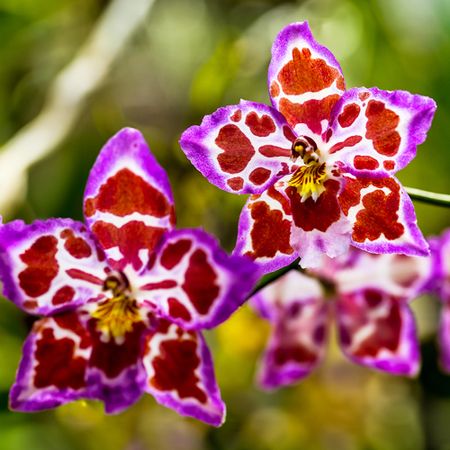 8 Rare Orchids That Make Stunning Houseplants – Some Are Surprisingly Easy To Grow
8 Rare Orchids That Make Stunning Houseplants – Some Are Surprisingly Easy To GrowDiscover unique orchids that will add exotic beauty to your home. Some make easygoing houseplants, while others offer a challenge for more seasoned growers.
By Melanie Griffiths
-
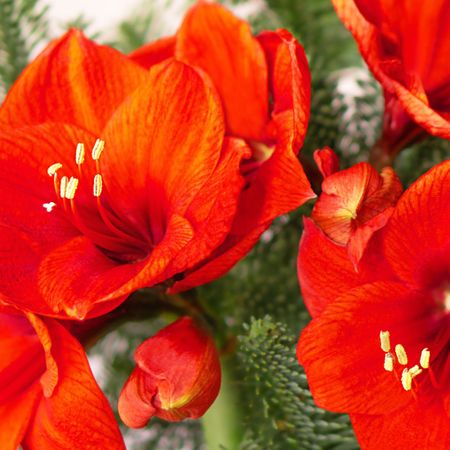 Warm Up Your Winter With Indoor Reds! 8 Red Amaryllis Varieties For Sizzling Seasonal Interest
Warm Up Your Winter With Indoor Reds! 8 Red Amaryllis Varieties For Sizzling Seasonal InterestWell loved as a bold decorative holiday bloomer, the red amaryllis is a hot favorite for winter displays. These red amaryllis varieties are guaranteed to fire up the season
By Tonya Barnett
-
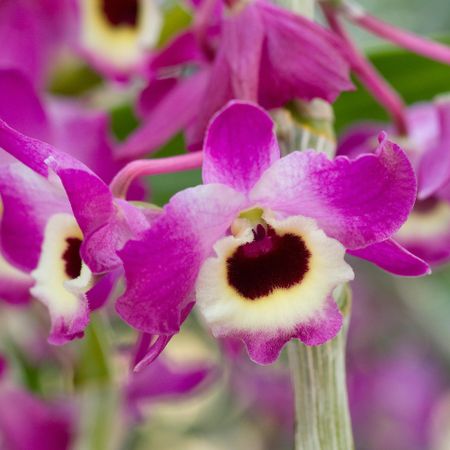 Dendrobium Nobile Orchid: How To Care For This Graceful, Easy-Going Houseplant
Dendrobium Nobile Orchid: How To Care For This Graceful, Easy-Going HouseplantLearn how to care for elegant dendrobium nobile orchids. These undemanding plants make a stunning addition to any orchid collection and are ideal for beginners.
By Bonnie L. Grant
-
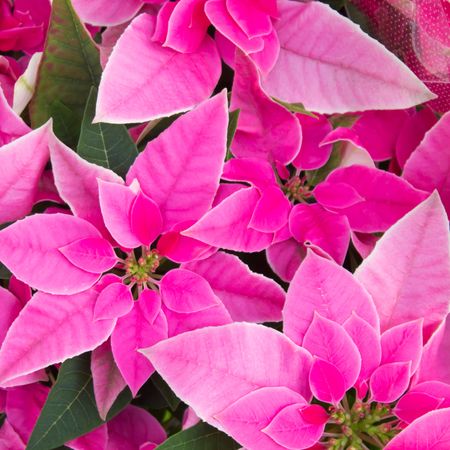 Poinsettia Pinks: 7 Pink Poinsettias To Grow For Neon Hot Tones And Cool Pretty Pastels
Poinsettia Pinks: 7 Pink Poinsettias To Grow For Neon Hot Tones And Cool Pretty PastelsWhile the traditional red poinsettia is a staple of many homes over the holiday period, they are not your only option. For cheerful brights or pastels, why not grow pink poinsettias?
By Tonya Barnett
-
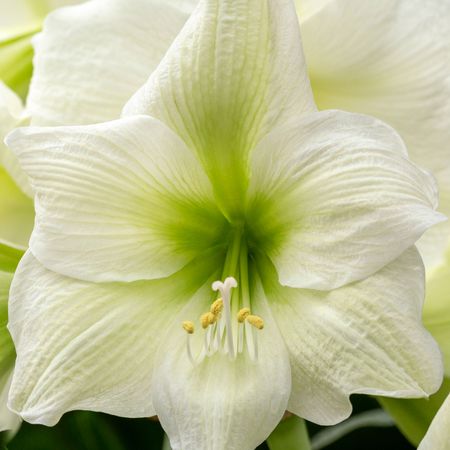 Want Amaryllis But Not Red? Try These 8 White Amaryllis Varieties For The Ultimate Elegance
Want Amaryllis But Not Red? Try These 8 White Amaryllis Varieties For The Ultimate EleganceYou’re probably familiar with the crisp red blooms of the traditional amaryllis – but if you feel like something more unusual and elegant, why not try white amaryllis?
By Mary Ellen Ellis
-
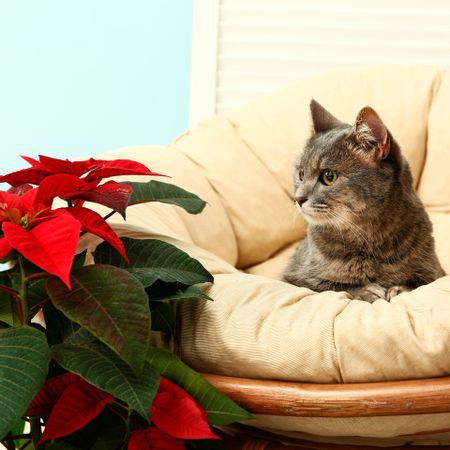 Are Poinsettias Poisonous To Cats? What You Need To Know For Happy, Healthy Felines
Are Poinsettias Poisonous To Cats? What You Need To Know For Happy, Healthy FelinesThey have the potential to brighten up homes long after the holidays, but are poinsettias poisonous to cats? Make sure you read this before mixing the two!
By Susan Albert
-
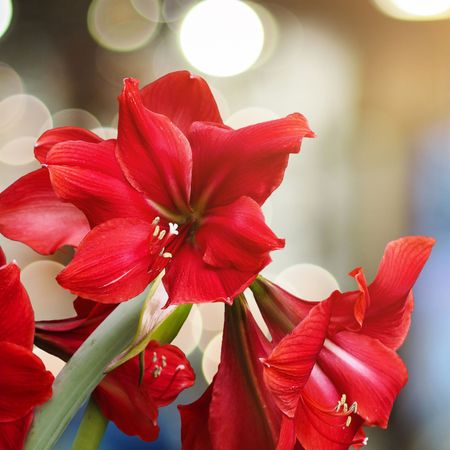 Bold & Beautiful Festive Bloomers: 6 Christmas Flowering Plants For A Big Holiday Buzz
Bold & Beautiful Festive Bloomers: 6 Christmas Flowering Plants For A Big Holiday Buzz‘Tis the season for celebration and easy living, so make sure your plants are up to it. These dynamic Christmas flowering plants will help you see out the season in style
By Mary Ellen Ellis
-
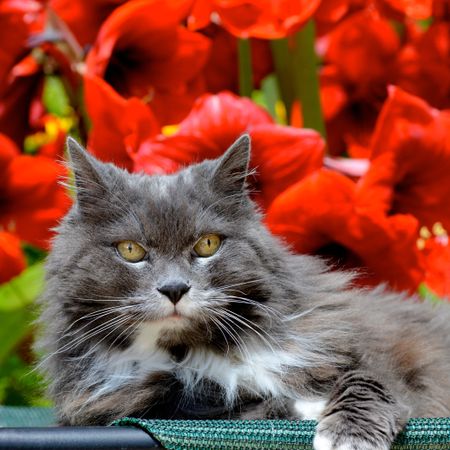 Are Amaryllis Plants Poisonous To Cats? How You Can Tell – And What To Grow Instead
Are Amaryllis Plants Poisonous To Cats? How You Can Tell – And What To Grow InsteadThe holiday season is a perfect time to showcase your favorite Christmas blooms, but are amaryllis plants poisonous to cats? Here’s how to keep felines safe and well
By Mary Ellen Ellis